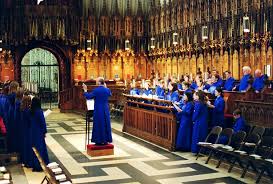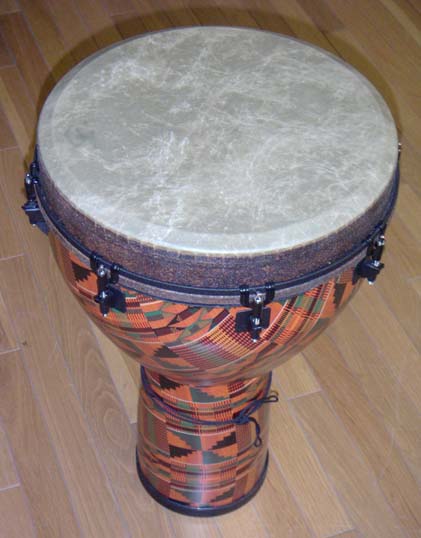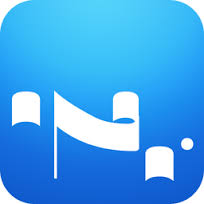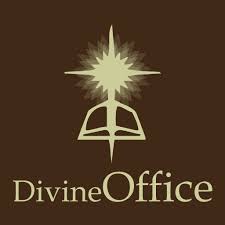Leading Small Group Worship… With No Instruments
 Even if you do not have musical instruments, you can still lead the music for a small group. But what it takes is a little knowledge about singing, about worship flow, and a whole lot of gumption.
Even if you do not have musical instruments, you can still lead the music for a small group. But what it takes is a little knowledge about singing, about worship flow, and a whole lot of gumption.
Years ago, I was a leader for my high school Bible Study. It was a daily school activity that met early in the morning. As how I planned the session, I had intended for there to be a few minutes of singing before the actual study. I had purchased a number of songbooks. But I had no instruments, no worship team, no overhead projection. But here we were, every day, singing a worship song (or two) to the Lord.
Today, I notice that there are far more resources than I had when I had first started. And yet we were able to make it fly. What I will offer below are my suggestions as to the many options one has to craft a fine worship set without instruments.
A Cappella Praise and Worship
A first approach is doing the songs a cappella (voice only). One of the challenges of singing today is that there are many songs that work better than others with this approach. That is because many songs today seem overly reliant upon musical motifs to carry a melody.
 Incorporating Light Percussion
Incorporating Light Percussion
A second option is to play a djembe or a kind of a hand drum. You can just keep the rhythm of the song by hitting the drum in a rhythmic way and singing a song without use of any instruments. It depends upon the song, of course, but it does work well and that can hold you out until you get some much-needed help.
Music Tracks (Not recommended)
A third option, which I do not endorse, but you should know of it, is to use music tracks to help you sing the worship songs. These trax are actually far less expensive now than they have ever been, partially due to the rise of iTunes. The more popular a worship song, the more likelihood that trax would be made available, and in multiple keys.
However, I am not a proponent of such. Part of the uniqueness of the worship in a small group is that the worship itself ought to emanate from the group alone. There is a rigidity in the singing that does not call for repetition of musical phrases. It encourages singing as a performance, not as a way to enter into the song.
That is why I would rather have the group struggle without an accompanying backing track and use slight percussion than having itself align with a professional recording. But I insist there is one last approach to entering into worship that is even more powerful than this.
Chanting the Divine Office
A fourth option (and my current favorite) is probably the most intimidating, but is actually quite powerful and perfect for the medium. What is intimidating about such is that it requires you to put aside the familiar worship of contemporary praise songs, and embrace the worship of the Church.
To those in religious life, and to those who wish to follow a daily regimen of Scripture reading and Psalmody, you may instead want to try praying the Divine Office, also known as the Liturgy of the Hours.
 For centuries, praying the Office required a considerable financial investment. The hard-bound books would cost a single person hundreds of dollars, and the approach for learning how to master the books would be increasingly hard. Today, an app for the Liturgy of the Hours (DivineOffice app) is much cheaper, and there is no learning curve. Just follow along the worship as written, and use the audio accompaniment to help guide you.
For centuries, praying the Office required a considerable financial investment. The hard-bound books would cost a single person hundreds of dollars, and the approach for learning how to master the books would be increasingly hard. Today, an app for the Liturgy of the Hours (DivineOffice app) is much cheaper, and there is no learning curve. Just follow along the worship as written, and use the audio accompaniment to help guide you.
I would ask you to consider is the increasing number of resources that apply Chant into your worship. One such resource is the independently produced “Hymnal For the Hours”, which uses neumes–old Gregorian Chant notation.
My experience of learning Gregorian Chant notation has been a bumpy one, but I have found that we have better resources today to master this form than we have ever had. You simply need an iChant-Gregorian app, along with a second MP3 recorder.
The iChant-Gregorian app is set up so that you could simply play the melody as it is written on the page. I would play the melody, and learn it, phrase by phrase. As I master the phrase, I would record my own vocals (“La-La-Laaaa”) on the MP3 recorder, and pause the recording between each mastered phrase. By the end of the recording, I will have a simple, cohesive track that is the sole melody line of the song in question.
 Then, when it is time to actually sing the song, I would listen to the recording and follow along with it as I sing the words. This takes the mystery out of the singing, and allows you to enter into the hymns that the Church had made standardized for many centuries.
Then, when it is time to actually sing the song, I would listen to the recording and follow along with it as I sing the words. This takes the mystery out of the singing, and allows you to enter into the hymns that the Church had made standardized for many centuries.
One of the greatest treasures in the Church is its long list of songs, crafted throughout the ages, that have been written for voice alone. Some of these songs will be easier to sing than others. That said, if you do a cappella songs you have a freedom that most musicians do not have.
As you sing these songs, whether traditional or contemporary, the goal is for the words to resonate with the congregant, and to inspire them to direct these words to God, as an offering. It will take training to get up to that level, but it will be a powerful means to make these words come alive.








